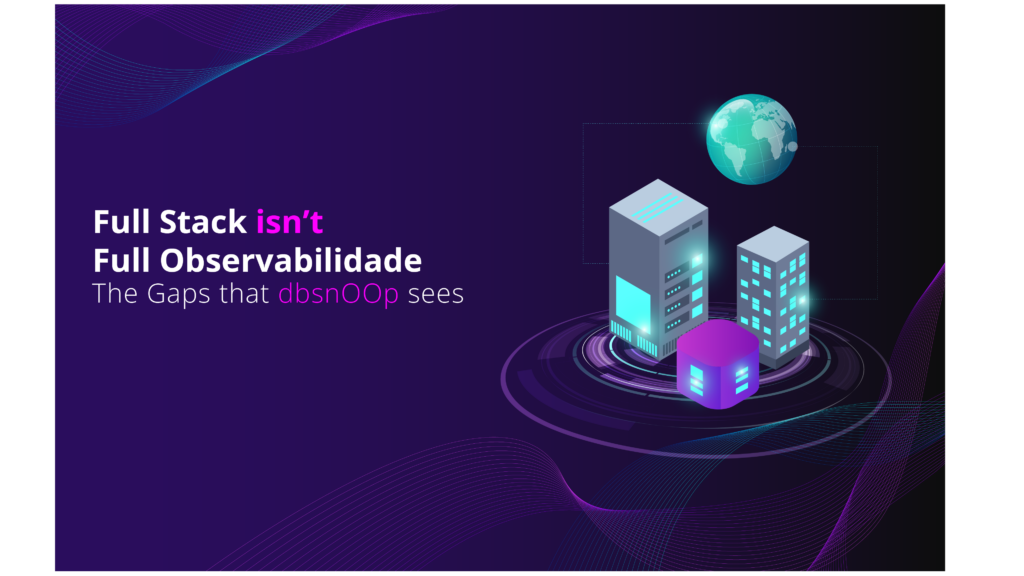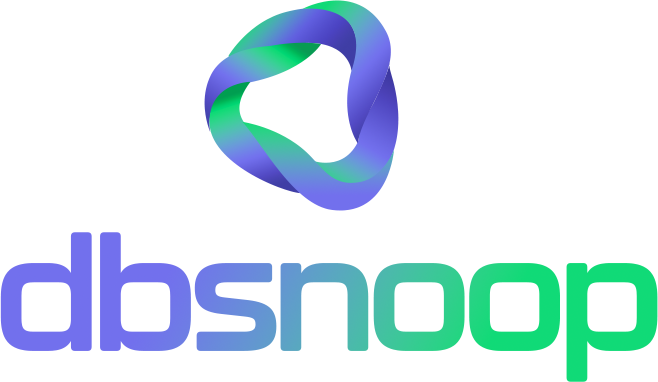
In DevOps and cloud environments, having a monitoring stack is the standard. Tools like Prometheus for metrics, Grafana for visualizations, and the ELK Stack for logs have become the sacred triad to ensure system health. However, many teams fall into a dangerous trap: the illusion that having a complete stack means having complete observability.
While these tools are powerful for monitoring infrastructure (CPU usage, memory, uptime), they fail to deliver granular and contextual database diagnostics. The result is a critical visibility gap: you know something is wrong (a CPU spike), but you don’t know what or why (the specific query causing the problem).
This article explores the gaps that a traditional monitoring stack leaves and how dbsnOOp was designed to fill that void, offering true observability that goes straight to the root cause of problems.
The Focus of the Traditional Stack: Infrastructure, Not Semantics
Most monitoring tools were created to observe the behavior of the operating system and applications in a generic way. They collect logs and metrics on a massive scale, but without understanding the semantics of what is happening inside the database.
Let’s analyze the most common gaps:
Gap 1: Absence of Detailed Query History
A traditional stack can capture the server’s CPU metric, but it doesn’t maintain a rich history of the queries that were running at the time of the peak. Tools like pg_stat_statements in PostgreSQL are a start, but the history is limited and lacks the complete context of the application. Without this history, your team needs to relive the event, spending hours trying to guess which query caused the slowness.
Gap 2: Disconnection Between Metrics and Operational Context
Traditional monitoring can tell you that your database’s wait time (latency) has increased, but it doesn’t tell you why. It doesn’t correlate the increase in latency with a lock on a specific table, the execution of a backup job, or a full table scan caused by a suboptimal execution plan. The lack of context makes diagnosis difficult and leads to generic solutions.
Gap 3: Ignorance of Execution Plans
A query’s performance doesn’t just depend on what it does, but on how the database optimizer decides to execute it. Infrastructure monitoring tools have no visibility into the generated execution plans, one of the main catalysts for performance problems in complex systems. The lack of this insight causes your team to waste hours trying to optimize an SQL query that, in reality, just needs an index or a small change in the plan.
Gap 4: Lack of Predictive Analysis and Actionable Suggestions
Traditional monitoring is reactive. It waits for a threshold to be exceeded before issuing an alert. It doesn’t use AI to learn the normal behavior of your system and predict anomalies before they become problems. Furthermore, when a problem is detected, it doesn’t offer actionable suggestions, such as rewriting a query or creating an index, leaving the troubleshooting to human expertise.
dbsnOOp: The Observability that Fills the Gaps
dbsnOOp was created specifically to fill the gaps that your monitoring stack leaves. We don’t just focus on infrastructure, but on the semantics of your database operations.
- Complete Telemetry and Infinite History dbsnOOp collects telemetry for every query executed, not just aggregated metrics. We store a complete and granular history, with information about wait times, execution plans, input parameters, and application context. When your CPU spikes, our AI points to the query that caused the problem, and you have the complete history to understand why.
- AI that Connects the Dots Our Artificial Intelligence is trained to understand database behavior. It correlates CPU and I/O spikes with the exact query that generated them, identifies locks and deadlocks, and analyzes performance regression in real-time. dbsnOOp not only alerts you about the problem but gives you the root cause in a language that your DevOps and DBA team can understand.
- Actionable Diagnosis and Solution The goal of dbsnOOp is not just to detect problems, but to solve them. Our AI doesn’t just show the problem; it suggests the solution. Whether it’s rewriting a query, creating an index, or suggesting parameter adjustments, dbsnOOp provides the ready-to-use commands and code, transforming reactive troubleshooting into proactive optimization.
Conclusion
Having a monitoring stack is a good start. But to have true observability, you need a tool that sees what those stacks ignore. dbsnOOp is the deep insight that your team was missing to have total control over your cloud database performance.
Want to fill the gaps in your stack and have complete observability?
Schedule a demo here.
Learn more about dbsnOOp!
Learn about database monitoring with advanced tools here.
Visit our YouTube channel to learn about the platform and watch tutorials.


